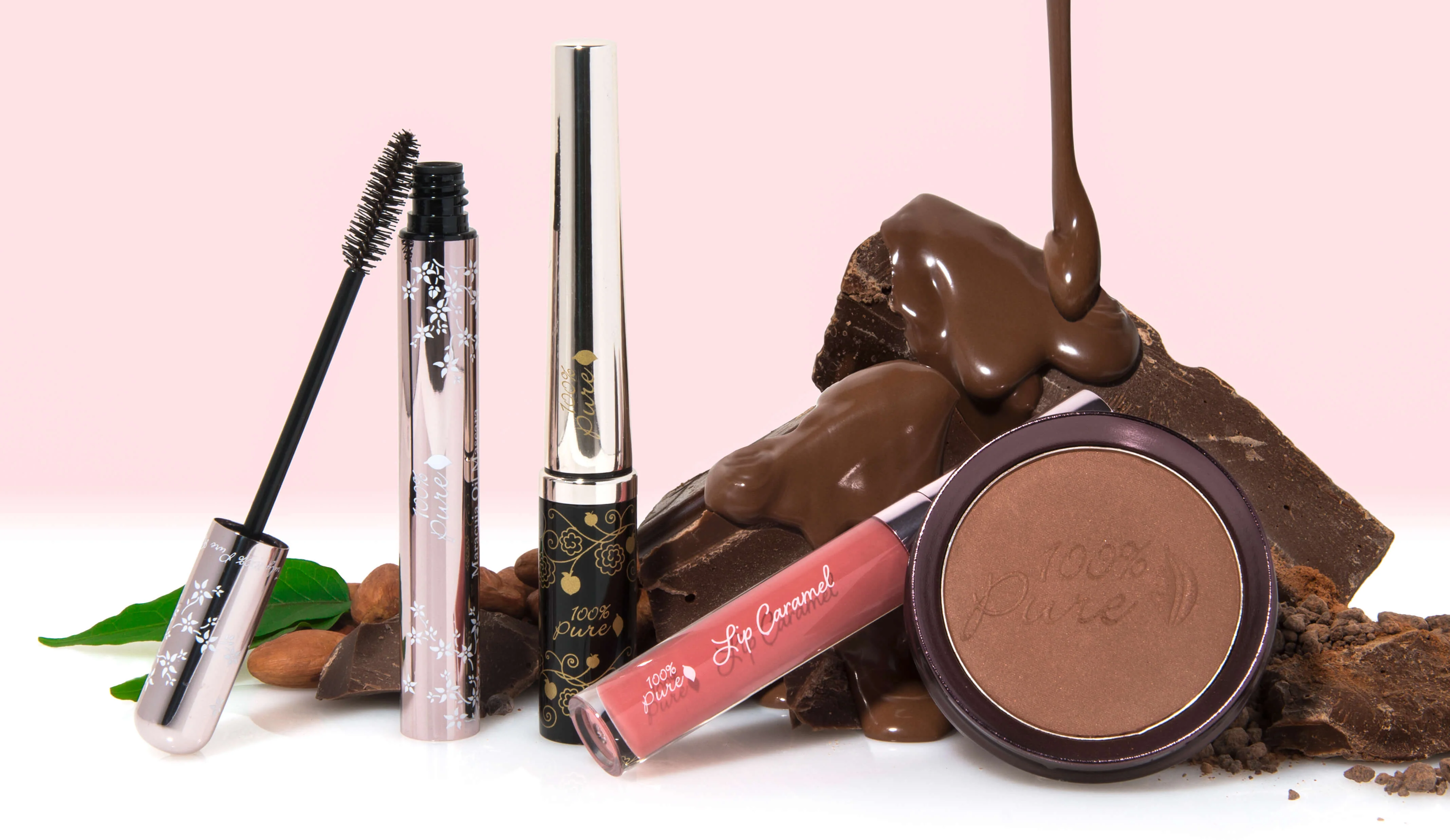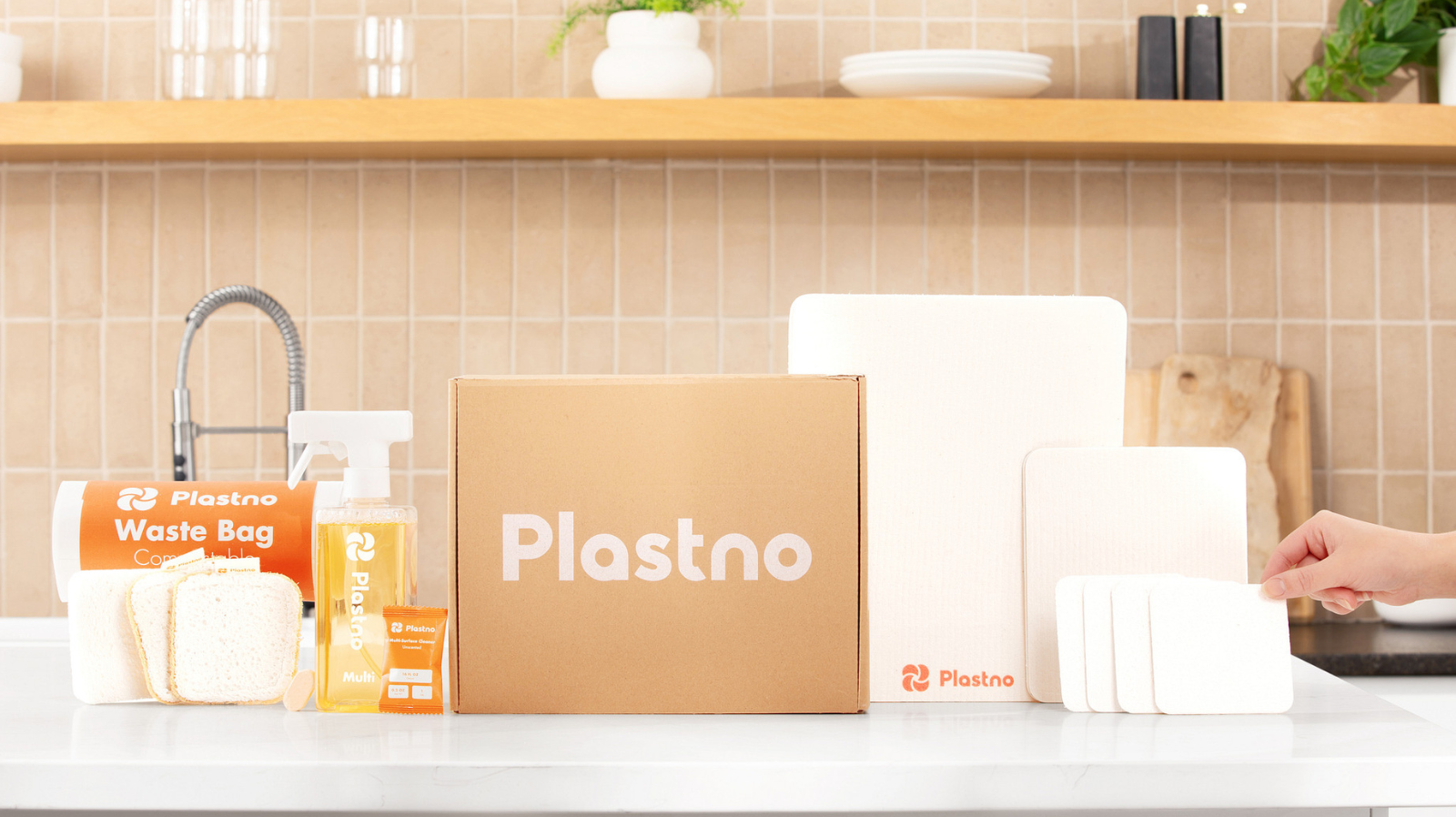Our Top Picks
Green Hive is reader-supported. When you purchase through links on our site, we may earn an affiliate commission. To understand our thorough approach to rating brands and products, explore our comprehensive methodology.
Our Top Picks
Green Hive is reader-supported. When you purchase through links on our site, we may earn an affiliate commission. To understand our thorough approach to rating brands and products, explore our comprehensive methodology.
Key takeaways
- Fleece is a fabric that's beloved for its softness, warmth, and versatility.
- While fleece is traditionally made from polyester, there are various other types of fleece made from different materials.
- Fleece fabric has some environmental concerns, but there are ways to reduce its environmental impact.
Introduction
Fleece is a soft, cozy, and versatile material you probably have in your wardrobe. Whether preparing for a chilly winter escapade or lounging at home on a frigid night, you've likely worn fleece. But have you ever wondered what fleece is exactly?

In this blog post, we'll explore the history of fleece fabric, how it's made, what it's used for, the pros and cons of fleece, and whether it's a sustainable fabric.
We'll also provide tips on how to care for fleece fabric to extend its lifespan. Whether you're an eco-conscious consumer looking to purchase sustainable fabrics or looking for a primer on fleece material, in this post, you'll learn everything you need to know about fleece fabric.
What Is Fleece Fabric?
Fleece fabric is a soft, warm, and cozy fabric that's prized for its exceptional insulation properties. Although the word ''fleece is actually derived from the word ''fleece,'' which is the soft, wooly coat of a sheep, fleece isn't made from sheep's wool. It's made from synthetic materials, typically polyester, but it can also be crafted from natural fibers like cotton, wool, and hemp.
The defining characteristic of fleece is its texture, which features a napped surface with thick fibers that give it a fluffy and plush feel when stroked in one direction.
What Is the History of Fleece?
The history of fleece dates back to the 1970s when Malden Mills, a Massachusetts-based textile company, first introduced it to the market. During the mid-20th century, wool was the primary material used for warm clothes. While effective, wool had its drawbacks — it was heavy, costly, could be scratchy, and required special care.

These downsides prompted researchers and textile engineers to seek an alternative fabric that could match wool's insulating properties while offering improved performance and ease of care. Eventually, in 1979, Malden Mills introduced Polar Fleece®, the first synthetic fleece fabric, to the market. Developed by Aaron Feuerstein, the then-owner and visionary behind Malden Mills, the fabric was made from polyester and mimicked many of wool's properties without its drawbacks. Unlike wet wool, it wasn't heavy when washed and didn't require sheep's wool to produce, making it less costly.
These remarkable properties made fleece an instant success, particularly among outdoor enthusiasts, athletes, and adventurers who embraced it for its exceptional insulation properties. Subsequently, as word spread about fleece's softness and cozy feel, it also found its way into casual wear, becoming a staple in everyday clothing, especially during colder months.
And in the following decades, fleece material continued to evolve and diversify. For instance, in 1985, Malden Mills partnered with Patagonia, a sustainable fashion brand, to launch Synchilla fleece, a fabric famous for producing the popular Patagonia Snap-T pullover.
How Is Fleece Made?
Fleece undergoes a series of several steps to transform it into the soft, warm, and cozy fabric that's beloved by many people. Here's how it's made:
Fiber Selection
First, textile manufacturers select an appropriate fiber to produce fleece. While manufacturers generally use fine polyester fibers, there are variations of fleece made from other fibers like cotton, wool, or rayon.
Extrusion and Spinning
Next, textile manufacturers melt the selected fiber to form a molten liquid. The liquid is then forced through tiny holes, known as spinnerets, to create long continuous filaments. These filaments are then collected and spun into yarn that serves as the building block of the fleece fabric.
Knitting or Weaving
Next, the filaments are spun into yarn, which is later knitted or woven into a fabric. During the knitting or weaving process, machines interlock the yarn loops together to create a stable and flexible textile structure.
Brushing or Shearing
Fleece has a distinct fluffy and soft texture when stoked in one direction. The fabric undergoes brushing or shearing to achieve this smooth and silky texture. In brushing, the fabric is passed through rollers with tiny wire brushes that lift the surface fibers, creating fuzziness. Alternatively, shearing involves trimming the raised fibers to a consistent length, resulting in a smoother finish.
Dyeing and Finishing
After creating fleece fabric, many manufacturers dye it to create a variety of colors. They often dye the fabric in large batches and treat it with heat and chemicals to ensure color fastness. After dyeing, some manufacturers put the fabric through additional finishing processes, such as adding coatings to improve the fabric's heat resistance.
What Are the Different Types of Fleece?
While it’s traditionally made from polyester fibers, fleece comes in a variety of types, each with its unique properties. Here are some of the most common types of fleece:

Polyester Fleece
Polyester fleece is the most common type of fleece fabric. It's made entirely from polyester fibers and is known for its durability, lightness, and excellent moisture-wicking and insulation properties. These characteristics make polyester fleece ideal for athletic garments, winter clothing, and blankets.
Microfleece
Microfleece is a thin and light fabric. Despite its thinness, microfleece offers superb insulation, making it ideal for outdoor enthusiasts who want to freely move while keeping warm. It's often used to make activewear, such as sweatshirts and sweatpants.
Polar Fleece
Polar fleece is a unique type of fleece that Malden Mills first introduced. Today, the term ''polar fleece'' describes any high-quality, thick, and warm polyester fleece. It's known for its fluffy texture and remarkable insulation properties, and it's more tightly woven than other types of fleece fabric, making it ideal for fleece jackets, coats, and sweaters.
French Terry Fleece
French terry fleece is a blend of traditional fleece and French terry fabric, with a looped terry texture on one side and a smooth surface on the other. It's often used in activewear and casual clothing because it balances comfort, style, and utility.
Cotton Fleece
Cotton fleece blends the softness of cotton with the warmth of traditional fleece. It's a comfy and breathable fabric ideal for mild weather conditions. Cotton fleece is often used to make sweatshirts, sweatpants, and lightweight jackets.
Besides these common types of fleece, some other types include Sherpa fleece, recycled fleece, and lycra spandex fleece.
What Are the Pros and Cons of Fleece Fabric?
Fleece fabric is a remarkable material with various advantages. However, it also has some downsides. Here are some of its pros and cons:

Pros
- Excellent insulation: Fleece offers exceptional insulation. It efficiently traps body heat, offering superior warmth without the weight and bulk associated with other materials. This quality makes it an ideal option for winter garments.
- Soft and comfortable: Fleece is incredibly soft. Its napped surface and plush texture offer a cozy feel against the skin, making it a preferred option for clothing, bedding, and sleepwear.
- Breathability: Despite its excellent heat retention capabilities, fleece is remarkably breathable. It allows air circulation, keeping the skin cool and dry, making it ideal for activewear.
- Easy to care for: Fleece is easy to care for, as it can be machine-washed and dried. It's also wrinkle-resistant. These qualities make it ideal for frequent travelers and active individuals.
- Versatility: Fleece comes in various weights, textures, and styles, catering to different needs and climates. Whether you require lightweight microfleece for layering or cotton fleece for mild weather, there are various fabric variants for different situations.
- Affordable: Compared to natural wool, fleece is generally more affordable while offering comparable warmth and comfort.

Cons
- Prone to pilling: With multiple washes and prolonged wear, fleece may develop pilling. Pilling occurs when a garment develops small balls of thread on its surface.
- Static cling: Fleece clothes are susceptible to static cling. Static cling happens when clothes stick to the body due to a buildup of static electricity. This can create discomfort.
- Environmental impact: Most textile manufacturers use polyester to make fleece. Polyester is a synthetic material derived from non-renewable fossil fuels like crude oil and natural gas that contribute to carbon emissions. In fact, it's estimated that up to 40% of fashion's emissions come from the manufacture of polyester (Win, 2020).
How Do You Care for Fleece?
While fleece is easy to maintain, here are some care instructions to keep in mind to extend the longevity of your fleece garments:

- Check the care label before washing: Always check the care label for specific washing instructions. Some fleece fabrics may require special care instructions.
- Use mild detergent: Opt for a mild detergent and avoid using bleach or fabric softeners. Harsh chemicals can damage the fabric's fibers and reduce the fabric's softness and insulating properties.
- Use cold water: Wash fleece on a gentle cycle in cold or lukewarm water to prevent excessive shrinkage or damage to the fabric.
- Turn fleece inside out before washing: Since fleece is prone to pilling, turning it inside out before washing can protect the fabric and prevent pilling.
- Wash fleece with similar items: Wash fleece with similar items to prevent color bleeding. Also, wash it separately from lint-producing fabrics like towels to prevent lint accumulation.
- Avoid excessive heat: High heat can damage fleece fabrics, causing them to lose their softness and pill. Always use the low heat setting or air-dry fleece fabrics to protect them from damage.
- Store properly: Store fleece garments in a cool, dry place away from direct sunlight. Also, avoid hanging fleece garments for long periods, as doing so can cause them to lose shape.
FAQs
What type of fabric is fleece?
Fleece is a fabric made from synthetic fibers, typically polyester, although it can also be made from natural fibers like cotton or wool. It's known for its softness, fuzzy texture, and excellent insulation properties, which make it ideal for activewear and winter garments.
Is fleece hot to wear?
Fleece fabric is known for its exceptional warmth and insulation, making it an ideal choice for cold weather and outdoor activities. When worn in cold conditions, fleece offers plenty of warmth and comfort because it traps body heat. However, it can feel too warm in hotter or more humid environments.
Which is better: fleece or wool?
Fleece and wool are different fabrics, each with unique properties. The best fabric for you will depend on your needs and preferences. If you want a warm, lightweight, and inexpensive fabric that's easy to care for, fleece may be the better option. On the other hand, if you want a warm fabric made from a sustainable material, you might prefer wool.
What fabric is best for itchy skin?
Generally, natural fabrics are better suited for people with itchy skin than synthetic fabrics. Some common skin-friendly fabrics include cotton, silk, and linen. However, skin sensitivities can vary, so what's skin-friendly for one person may not be for another.
How many times can you wear a fleece?
The number of times you can wear a fleece garment depends on various factors, such as the garment's weight, climate, and personal preference.

Generally, you can wear a fleece garment multiple times before washing it, especially if you're using it for casual wear or light activities in a cool environment. However, if you wear it during intense physical activities or in a hot region, you may need to wash it more frequently.
Which fabric is not skin friendly?
Some fabrics, typically synthetic fabrics, can irritate the skin, especially for people with sensitive skin. Some fabrics that aren't skin-friendly include nylon, polyester, rayon, and spandex. Despite being a natural fabric, wool can also be itchy for some people, particularly those with sensitive skin.
Conclusion
Fleece is a popular fabric among many consumers because it's warm, comfortable, affordable, versatile, and easy to maintain. However, while it offers many benefits, it's vital to consider its environmental impact before deciding whether to purchase it.
If you're looking for eco-friendly alternatives to fleece, you might want to consider garments made from organic cotton, hemp, or recycled fleece.
Win, T. L. (2020, October 19). Polyester from pollution? Fashion’s next generation goes green. U.S.
https://www.reuters.com/article/us-europe-climatechange-fashion-trfn-idUSKBN2741GC

.png)















.png)
.png)



.svg)
